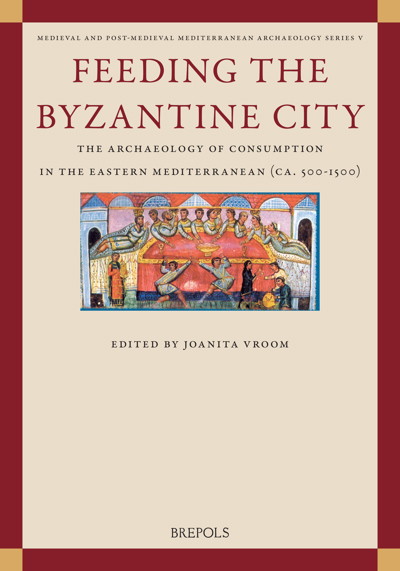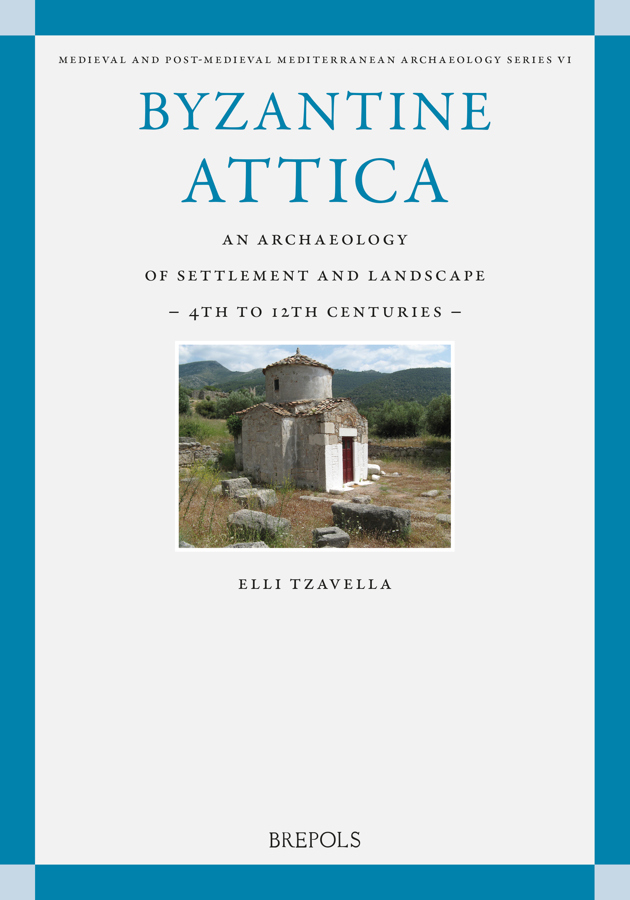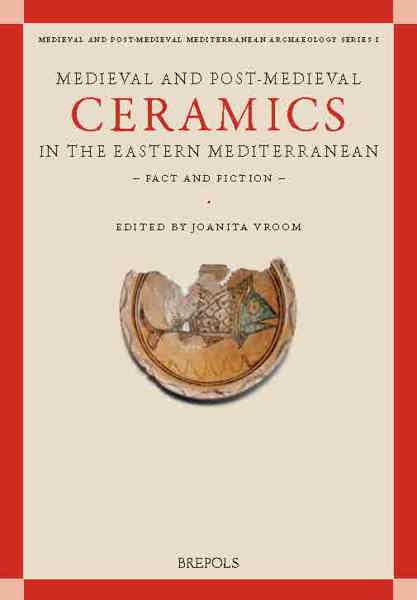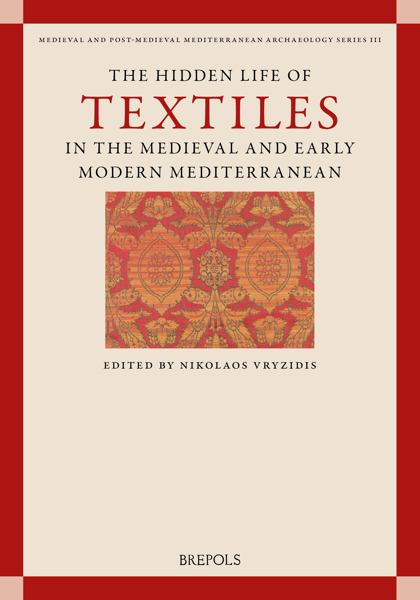
- Pages: 664 p.
- Size:178 x 254 mm
- Illustrations:90 b/w, 106 col., 11 maps color
- Language(s):English
- Publication Year:2024
- € 180,00 EXCL. VAT RETAIL PRICE
- ISBN: 978-2-503-61120-4
- Paperback
- Available
Attica is mostly known as the territory of the renowned Classical city of Athens. But what did this region look like after Antiquity (4th-12th c.)?
"In conclusione, il libro di E. Tzavella riesce a coniugare con grande abilità e acume fonti scritte ed evidenze materiali, sintetizzate e sistematizzate in un catalogo dei siti di età bizantina dell’Attica di ben 173 pagine, destinato a diventare un imprescindibile strumento di lavoro per chiunque in futuro vorrà occuparsi dell’area. Il volume offre una conferma delle potenzialità della ricerca archeologica nella ricostruzione dei paesaggi in una prospettiva storica, proponendosi come un modello per simili auspicabili sintesi dedicate al mondo bizantino e ad altre aree del Mediterraneo post-classico." (Yuri A. Marano, in Archeologia Medievale, 51, 2024, p. 311)
"Tzavella puts forth in this book a vast amount of material and summarizes it effectively. Much of the archaeology was originally published in Greek, so having such a collection in English is immensely valuable. The plates, photos, and maps are well selected, reproduced clearly, and serve as effective supplements to the text. Tzavella has paved the way for how to do archaeological regional studies of Byzantium, and the questions this book raises should shape investigations well into the future." (Lucas McMahon, in Early Medieval Europe, 33/4, 2025, p. 605)
"The expertise which the author demonstrates, spanning settlement archaeology, pottery, and religious architecture, and the wide range of written sources (non-literary and literary) with which regional studies such as this require real familiarity, enables Elli Tzavella to design and deliver a ‘model’ contribution to Late Roman and Middle Byzantine history at the regional level, of a kind which is much needed but so challenging to realise." (Archie Dunn, in Plekos, 27, 2025, p. 703)
Elissavet (Elli) Tzavella is an archaeologist specializing in Late Antique and Byzantine topography, ceramics, and burial customs. Since 2020, she has been appointed as archaeologist of the Byzantine and Ottoman periods at the Ephorate of Antiquities of Boeotia in the Hellenic Ministry of Culture. Author of many academic articles, she is co-author of the volume Early Christianity in Athens, Attica and Adjacent Areas: from Paul to Justinian (1st to 6th centuries).
Attica, the region which surrounds Athens (Greece) is a key area for understanding the transformation of the ancient Roman world to its Medieval successor in the eastern Mediterranean. Located at a crossroads for land and maritime communications, being well populated, carrying a thorough administrative organization and a heavy cultural and religious tradition, the region participated in the broader historic evolutions from the 4th to the 12th centuries.
Moreover, Attica stands out in contemporary historic and archaeological research due to its very intensive field research, starting in the 19th century and culminating since the 1960s, through rescue excavation and systematic studies. The outcome of this multi-faceted research on field and monuments which concerns the 4th to 12th centuries forms the backbone of the present volume. Stepping beyond this compilation, however, this study proceeds into being a synthesis of evidence on settlement patterns, road communications, defensive works, religious activities and burial habits. These topics are underpinned by aspects which belong to the longue durée, geography and the natural environment, which are considered as crucial to the understanding of the Byzantine history. In short, the present book covers as many aspects of the studied area as possible, aiming to show the potential of regional studies for the history and archaeology of Late Antiquity and Byzantium.
Preface
Foreword & Acknowledgements
Introduction
Part I: Byzantine Attica: the geography, the history and earlier studies
Chapter I – Attica: a landscape surrounded by the sea
General geography of Attica
Natural environment and resources
Chapter II – Attica in Byzantine history
‘Attica’ as a region in Byzantine sources
The history and administrative status of Byzantine Attica
Historical sources on Byzantine Attica
Chapter III – Byzantine Attica: earlier research
Archaeological excavations of Early and Middle Byzantine Attica
Studies on Byzantine churches in Attica
Field surveys and Byzantine finds
Research on the topography of Byzantine Attica
Toponyms in Byzantine Attica
Chapter IV – Land routes and maritime communication in Byzantine Attica
Introduction
The evidence of the ‘Tabula Peutingeriana’
Land routes: topographic and archaeological evidence
Byzantine Megarid: a forgotten hub of interregional communications
Ports and anchorages in Byzantine Attica
Part II: Byzantine Attica: the archaeology of human activity
Chapter V – Attica in the Late Roman & Early Byzantine period (4th to mid-7th c.)
Settlements in all shapes and sizes
Economy
Defensive structures in all shapes and sizes
Religious buildings
Chapter VI – Attica in the ‘Transitional period’, mid-7th to 9th centuries
The ‘Transional Period’ (‘Dark Ages’): state of research
The problem of the textual sources
Attica and the ‘Slavic question’
Settlements in the Transitional Period
A note on the evidence
Chapter VII – Attica in the middle byzantine period, 10th to 12th centuries
Settlements in all shapes and sizes
Burial spaces
Settlement economy
Landed properties of the Metropolis of Athens in Attica
The emergence and flourishing of monasteries
The monastic economy
Chapter VIII – Discussion and concluding remarks
Attica in Byzantine times: an overview
Attica: fragmented regions, different geographies?
Byzantine Attica in perspective
Part III: Byzantine Attica: an inventory of sites
Chapter IX – Early and Middle Byzantine sites in Attica, 4th-12th c.
Appendix
From the ancient Attic ‘ demoi’ to the Late Roman ‘choria’
A list of Attic ‘ demoi’ relevant to this book
Churches and monasteries in Attica
List of colour maps
List of figures & colour plates
Notes
Bibliography
Index
Colour plates




